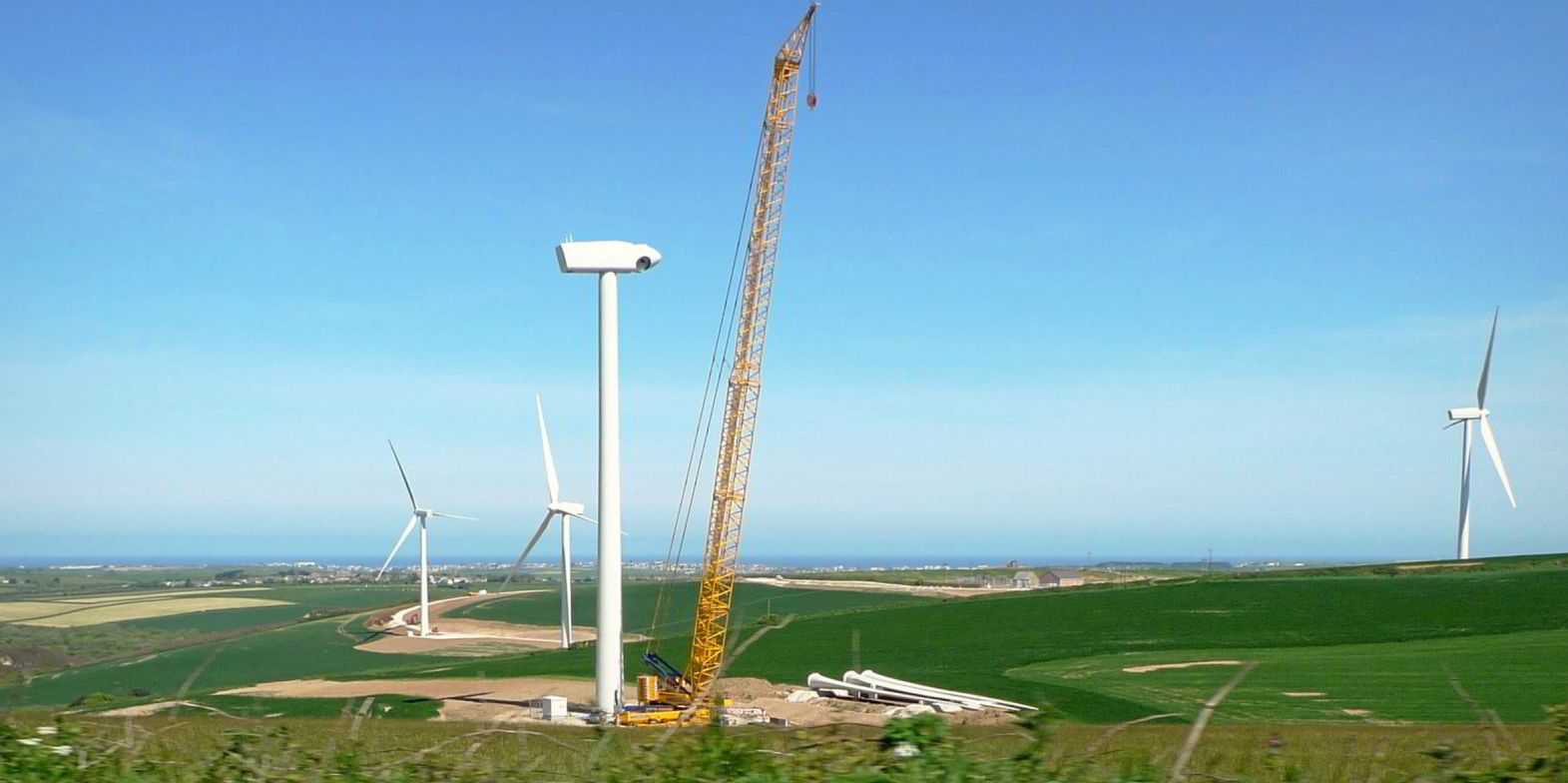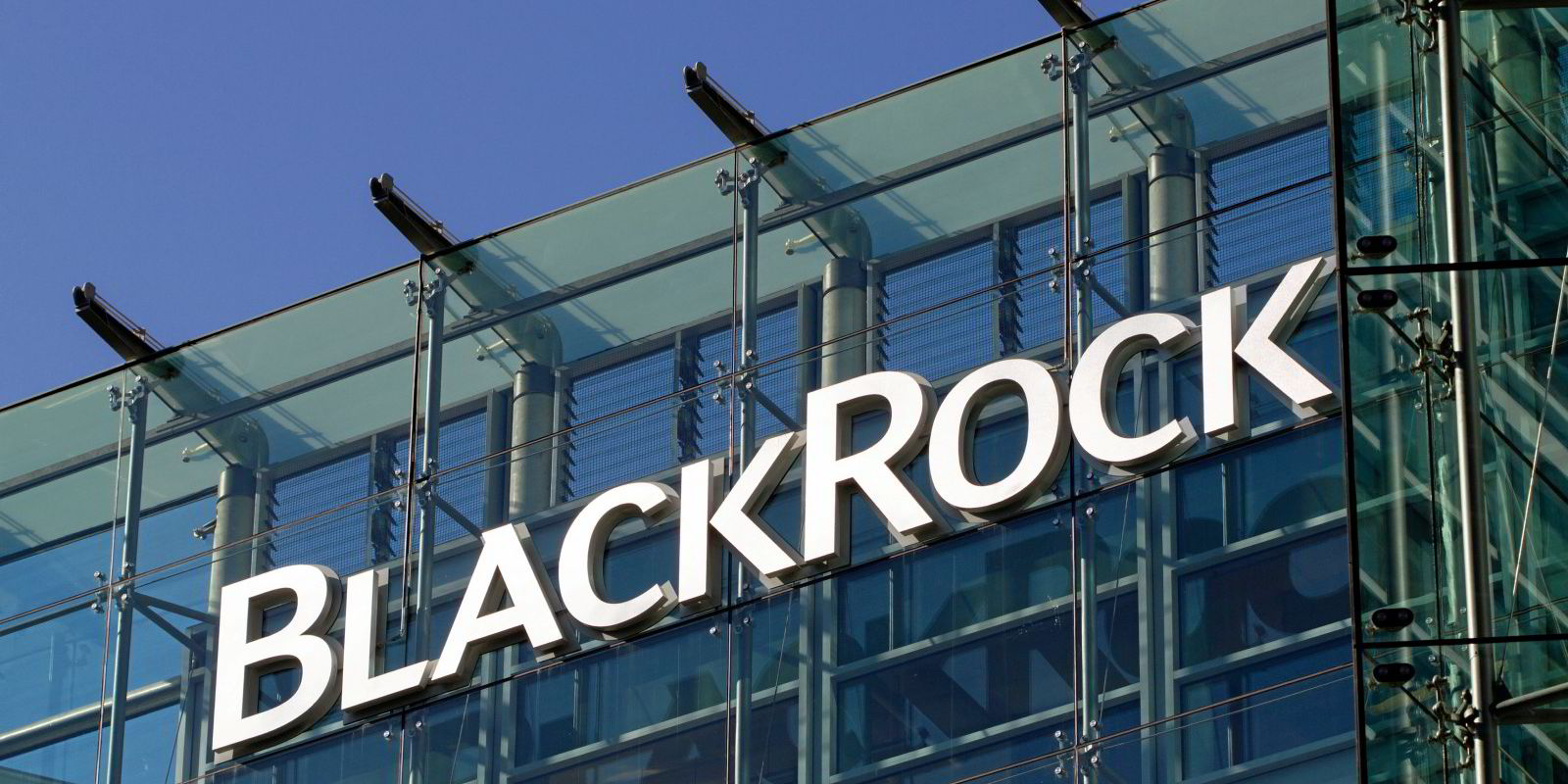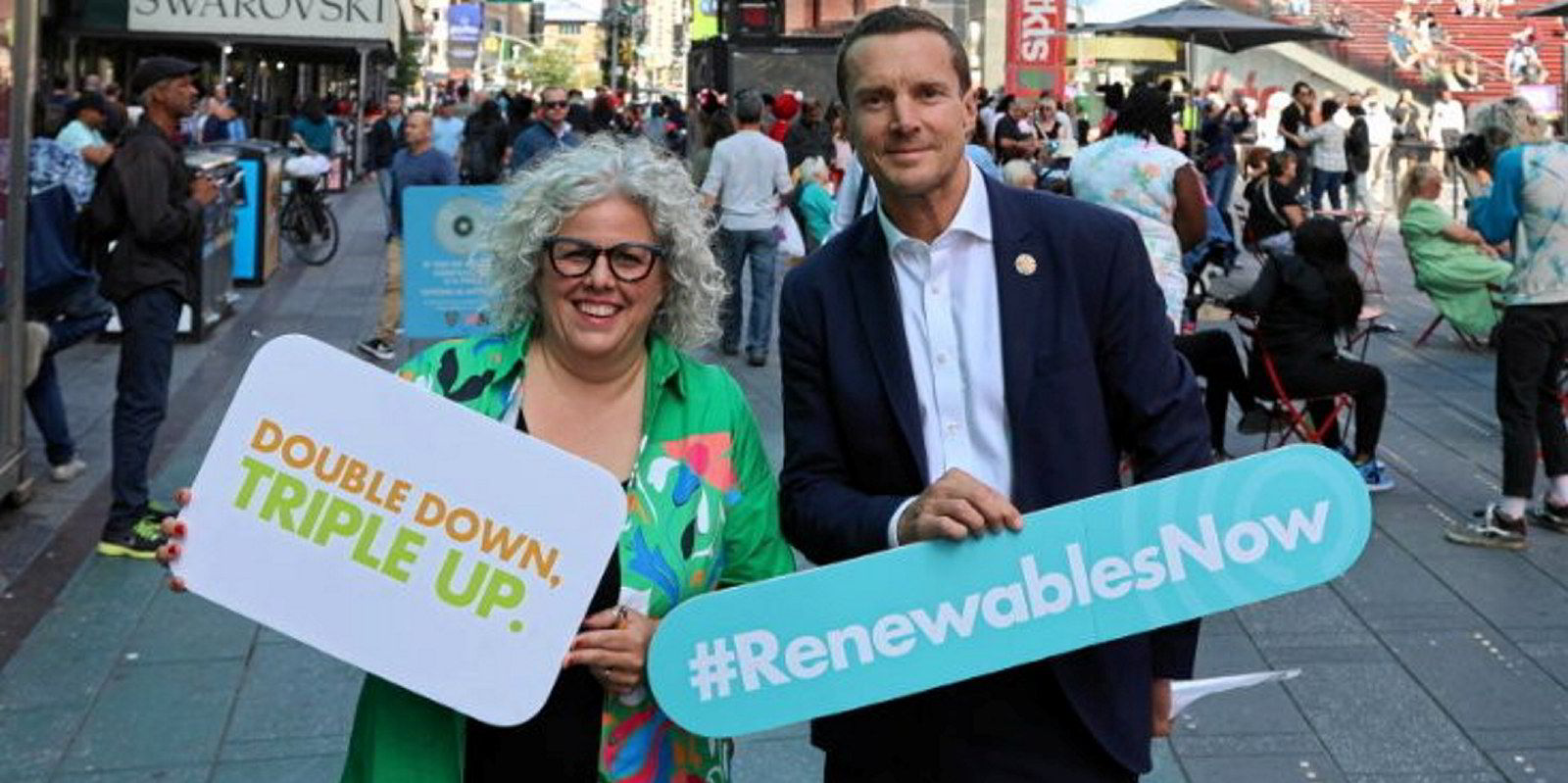The global goal of tripling renewables by 2030 will require doubling current spending levels to hit $2tn of investment each year, finds a new report, which also calls out several “laggard” countries in the energy transition.
$8tn of investment is needed for new renewables by the end of the decade along with $4tn for electric grids and energy storage, according to the report from Berlin-based think tank Climate Analytics.
That equates to $2tn a year to meet the goal of tripling renewables by the end of the decade that global leaders set at the COP28 climate summit in Dubai. Last year, the report found global investments in renewables and grids only reached around $1tn.
It means a total investment of $12tn in investment is needed by the end of the decade. The world is currently on track to invest just $6.6tn, the report found.
“$2tn a year sounds like a cost, but it’s really a choice,” said Climate Analytics expert and the report’s lead author Neil Grant.
“We’re set to invest over $6tn in fossil fuels over this decade – more than enough to close the tripling investment gap. Faced with this choice, I’d go with the safest, best value option – renewables.”
The report calculated how fast regions need to act to triple global renewables based on current capacities and future needs.
Sub-Saharan Africa needs to scale by a factor of seven, double the global average, it was found, due to “historic underinvestment and energy access needs.”
The OECD is forecast to double its renewables by 2030. The report found that accelerating action in line with tripling renewables would close 60% of the global gap between forecast capacity in 2030 and the tripling goal.
“The OECD needs to triple renewables but is currently way off target," said Claire Fyson, co-author on the report and head of policy at Climate Analytics.
"Countries in the region claiming to be climate leaders need to walk the talk, not just by ramping up renewables at home, but by coming through for other regions which need finance to contribute to the tripling goal."
Asia needs to scale slightly faster than the OECD, almost quadrupling its renewable capacity by the end of the decade.
It is however the “only region broadly on course for the tripling goal, driven mostly by policies in China and India.”
These countries are compensating for “laggards like South Korea, where renewable capacity is set to grow at half the rate of the region as a whole.”
“There are often clear ‘laggards’ and ‘leaders’ in the race to scale up renewables,” said the report.
In the case of the OECD, while no country is on track to triple renewables relative to 2022 levels, it said the US is “leading the race” as its landmark climate legislation, the Inflation Reduction Act, takes effect.
Japan is meanwhile “lagging behind”, with renewable capacity set only to grow 50% over by 2030.




